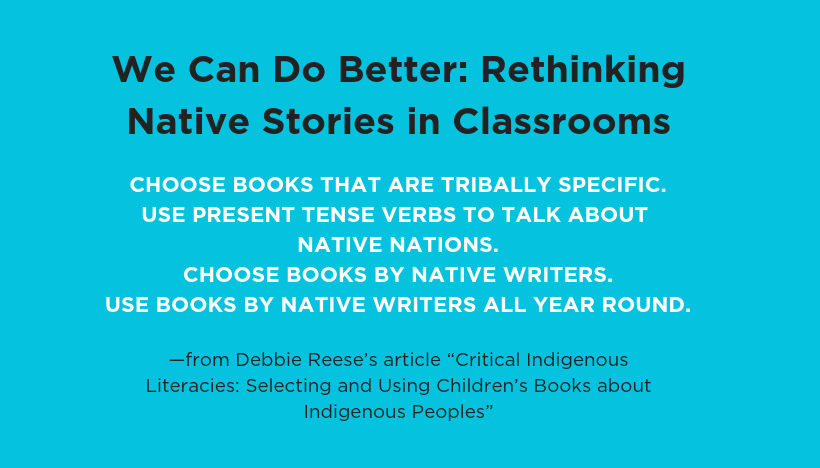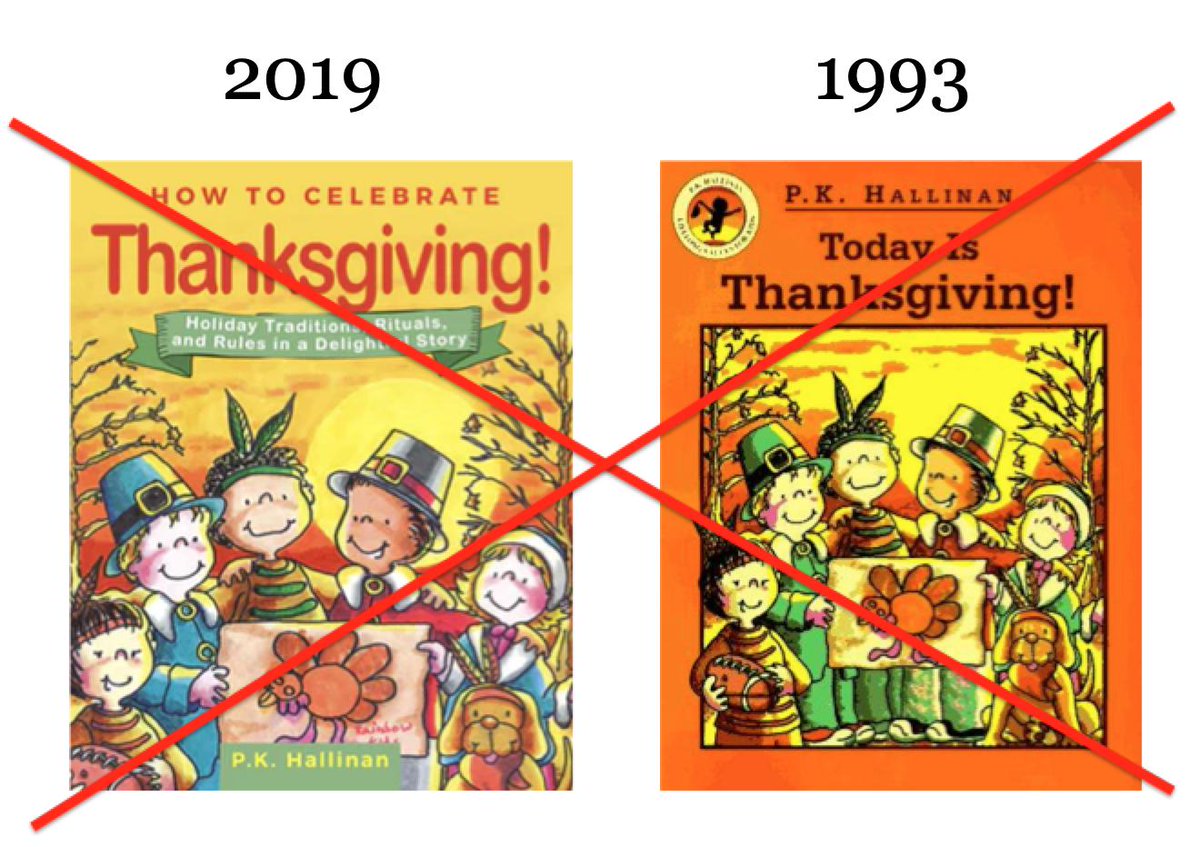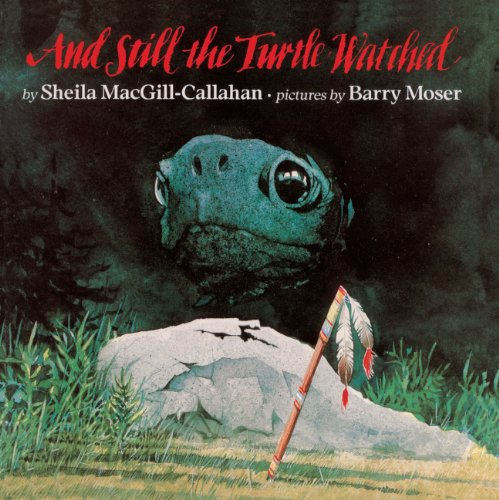One of the things I (Debbie) do when I get questions about a book is to read the description of the book. Over at Barnes and Noble's website, I saw this:
An Apsaalooka (Crow) Indian girl has lived her life as a despised loner, overshadowed by her dead twin brother, who, it was prophesied at their birth, would become a "Great One" among his people. One night, she sets off on a forbidden journey to prove to her village, and her brother's spirit, that she is the one destined to become the true Great One. Her trek over the plains and into the mysterious region of modern-day Yellowstone National Park is a disaster, culminating in her eventual capture by a tribe of Pawnee. Strangely, these foreigners treat her with an unfamiliar respect, and the girl starts to let down her guard. But when it is suddenly revealed that she has been kept alive in order to be killed in a ritual harvest-season sacrifice, the girl is thrown back into her desperate battle for survival...in Diane Matcheck's The Sacrifice.The words in that description prompted a lot of questions. First is the use of "Apsaalooka" (that word, spelled that way, is in the description and throughout the book). I'm glad to see writers using a tribal nation's own name for itself, in their language, but it is important to get it spelled right. When I put "Apsaalooka" in the Google search window, Google asked "Did you mean Apsaalooke"?
On the website for the Crow Tribe of Indians, you'll find "Apsaalooke."
I wondered if the sources Matcheck used might have been from older books when the word ended with an 'a' instead of an 'e'. I did a search in Google Books and was surprised to see Paulette Fairbanks Molin's critique of The Sacrifice in her book, American Indian Themes in Young Adult Literature. Molin's book came out in 2005.
From the reader's question, I had assumed--incorrectly--that Matcheck's The Sacrifice is a new book. It isn't. As I showed above, the first year of publication for this book is 1998.
Obviously, people at Macmillan did not read Molin's critique. Were there any changes from the 1998 edition to the 2016 one? I doubt it, based on reviews I read of the 2016 edition.
Through agreements with review journals, Barnes and Noble is able to post the full review of a book on their website page for a given book. I am able to see, for example, the reviews of The Sacrifice from BookList, Publisher's Weekly, and School Library Journal. The first two reviews are unsigned. The one from School Library Journal, however, is signed--by Dr. Loriene Roy who is enrolled at the White Earth Reservation. She's a former president of the American Library Association.
All three reviews begin with similar content (descriptions of what happens in the book). The first two unsigned reviews praise the book in their closing sentences, but Roy does not. Here's what she wrote:
Weakness lies in the characterization. The young woman appears to have a modern belief in independence and personal achievement and a defiance of the more Native perspectives of respect for elders and thanksgiving for the gifts of nature. Also questionable is the recounting of tribal religious practice, an act of cultural misappropriation.Roy's last two sentences are important. It seems to me that Matcheck's Native character is one with White sensibilities. That's not ok, at all. And I'm glad to see Roy calling out the appropriations she saw in the book.
I opened the "Look Inside" option on Amazon to read what I could of The Sacrifice. Just prior to chapter one is a passage from the Bible. That doesn't bode well, at all. In fact, it shouts White Man's Indian (for those who don't know, a "White Man's Indian" is a white depiction of a Native person; for more info see Robert F. Berkhofer's The White Man's Indian, published in 1979). The Bible passage is this one:
For what is a man profited,
if he shall gain the whole world,
and lose his own soul?
or what shall a man give in exchange for his soul?
--MATTHEW 16:26
On page 4, the author's description of the main character is rife with stereotypes. Her eyes smolder, "like a wildcat's eyes at night from within its den." She's got high cheekbones and a "fine, straight nose." Her hair is black but is "snarled in a grimy black nest" down her back. The very first sentence of the book is "The girl clawed the wind-whipped hair out of her eyes with bloody hands, and listened" (page 3). Her hands are bloody because she's killed three buffalo; the carcass of one is beside her. She imagines everyone praising her and giving her a new name, "the Great One" instead of the name she carries, "Weak-one-who-does-not-last." That desire to be known as "the Great One" is what Roy's critique is describing. Her father approaches her. Matcheck introduces him by talking about his speech, and his teeth. "His talk was stubby-sounding and full of whistles, because all but one of his front teeth were snapped off jagged or gone completely" (p. 6-7).
The passage from the Bible, the author's depiction of the main character and her father, and Roy's critique are enough for me to give The Sacrifice a Not Recommended tag.
Macmillan republished it (with a new cover) because it must be making money for them. That means people are buying it. Money drives book publishing. How about--if you bought it--you take it back to your bookstore and ask for a refund? If you're on Twitter, what if you ask Macmillan why they published it? In other words, I'm asking people to speak up about publishers reissuing old books. Don't be complicit with Macmillan's anti-Native nonsense! Speak up!



























